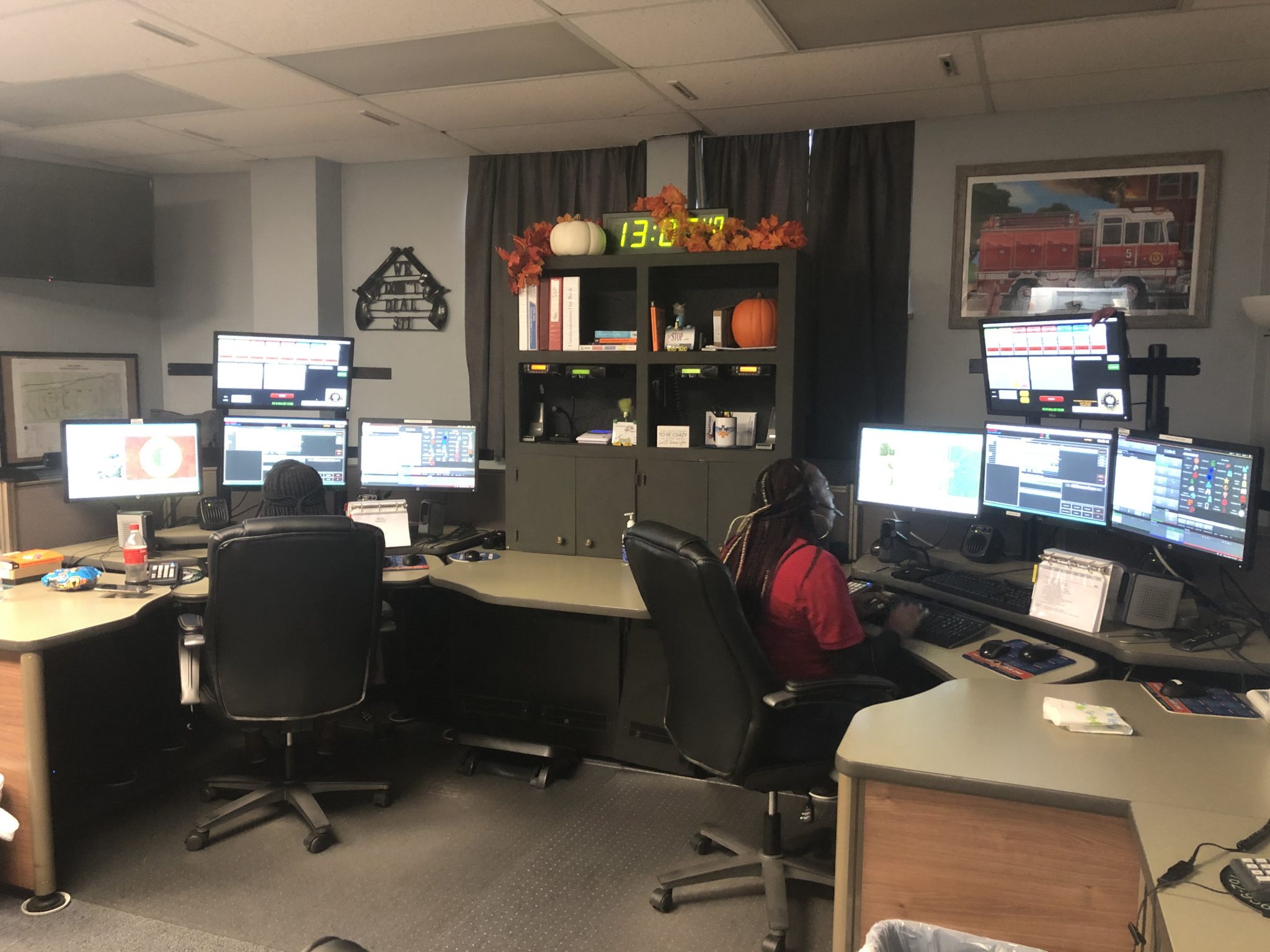In the Dec. 5 election, Webster Parish citizens will have to cast an important vote regarding the future of the Webster Parish 911 call center. In that election, residents will be asked to vote for a 2 mills tax in order for the Webster Parish Communications District to acquire new equipment and raise the pay for its employees.
This proposition will be titled, “Parishwide Communications District Proposition (Millage)” in the upcoming election for Webster Parish. Ultimately, this millage increase would levy an additional $20 per $100,000 of property value. So, if an individual’s home was worth $200,000, they would pay an additional $40 in taxes (less a homestead exemption of the first $75,000 of assessed value.)
So, why is this important? The call center has been primarily funded through charges that were made to local residents’ bills for their phone lines. Given more and more people switching over to cell phones, the funding for the call center has been declining over time. “For every phone line that disappears, that’s money out of 911’s budget, so when you cut your home phone off and you go to the cell phone, we lose that money,” said Chris McGarrity of the Webster Parish Communication District’s Board of Directors.
This monetization method has been the one used since the parish’s Communications District was created back in the 1990’s, so it’s safe to say that the modern world has made it a necessity for the District to find another method of funding.
“We don’t get money from the state, we don’t get money from the parish or anything like that, we’re strictly funded off these telephones. We’re losing the phone lines, and our revenue has been going down. We’re at the point now where we’re having to dip into funds that we’ve saved, and that money will run out,” said McGarrity.
He did state that the district makes some revenue from cell phones, but if the phone is prepaid, or was purchased outside of the parish, those dollars don’t come back locally.
This lack of funding is causing two primary issues at the moment, those being a need to update technology and a need to retain employees.
In regards to the employees, the district is having an issue retaining employees over a long period of time because they have no budgetary flexibility to give raises. Inevitably, the individuals seek higher paying jobs elsewhere.
This can be a costly problem, seeing as they state the cost of training a new telecommunicator averages $10,000. Furthermore, they have to start paying overtime for the other employees to cover the shifts of the one who are leaving.
McGarrity said the district is able to fill these positions, but that this new revenue would allow them to be more competitive with their pay of 911 operators and keep them for longer as a result. In return, Webster Parish would be retaining skilled experienced individuals servicing one of the parish’s most important public services.
Since taking up a supervisory position at the office, Director Angelia Chapman has streamlined the process to make it more efficient and effective while dropping response times in the process. However, there is a limit to how much progress can be made without new equipment.
Primarily, Chapman spoke of the need to get an updated Computer Aided Dispatch System as well as upgrades to the hardware that they are using, which at this point is nearly a decade old.
“More importantly, the actual hardware under the computer towers, they’re about ten years old, and you know as well as I do the differences that we’ve had with technology in ten years. So that is our main goal, to get better equipment that moves faster and smoother for them so they can do their job a little more efficiently,” said Chapman.
In reference to obtaining a new CAD system, Chapman said it would shave time off the response times, which is important for a job where seconds can mean life or death.
A newer and better CAD program for us will work a lot faster. The one we have works great, but we’re using it for what it really wasn’t designed to do. Back when they got this first CAD, they were probably putting 10-15 calls in it a day.”
To give a comparison to now, in September the office received roughly 4000 calls in a month, which averages to roughly 130 calls per day.
“A CAD system that would integrate with that would allow that to populate into our CAD screen automatically and we wouldn’t have to take the time to actually enter those details, we would just verify, which shaves seconds off of our response time, and seconds save lives in 911, it really does,” said Chapman.
Chapman went on to say that this problem the call center has had with funding is one that is experienced nationwide. As she put it, “Across the board, communication centers in every department I’ve worked for or talked to, dispatch is that last thought. You want your fire personnel to have the best equipment possible because they are physically in danger when they go in, same for police. Dispatch is kind of that last thought.”
She also drew attention to the fact that a lot of call centers are local, which can be in opposition to a view that people are making calls to some national call center taking in thousands of calls.
“The more people you talk to, they think that 911 is a gigantic call center, but most of the time a 911 center is very local,” said Chapman.
“Last year we did over 17,000 calls here in this once center. We have two dispatchers per shift. They work 12-hour shifts seven-days-a-week, 365. That’s a lot of work. We would just like to be able to provide them with equipment that can keep up with the speed that we need them to be able to work at easier,” said Chapman.




